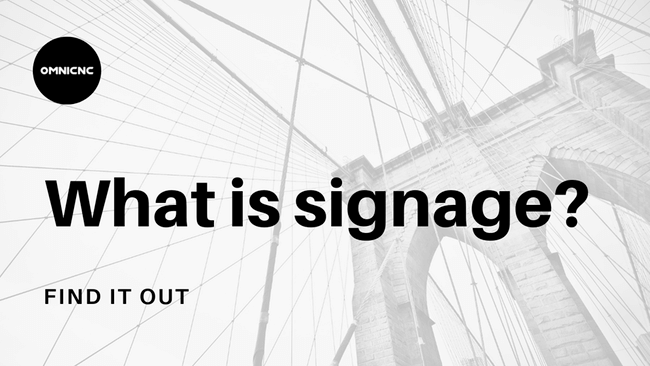Signage is everywhere and is a vital part of our existence. There are signs everywhere you travel on the highway that tell you what speed you should travel or what the nearest town is. At work, there are health and safety warnings posted everywhere. If you shop within the cities, you’ll find that the stores’ fronts prominently advertise their hours of operation and displays of discounts and sales. The signage is even the traditional McDonald’s gold arches!
What is signage?
Any visual display intended to educate an audience can be considered signage.
What are the functions of signage?
Signage typically serves several similar roles, like advertising, identification, informational purpose in direction-giving, and raising security awareness. Let’s elaborate:
- Advertising and marketing
Firstly, signage Melbourne companies and organizations often use signage for advertising and promoting their business. Signs advertising hoardings may appear as a natural choice for companies. However, other signs could be utilized similarly. Building wraps and other outdoor signs, are a different and efficient way to promote your company. Essentially vibrant outdoor posters can be put up virtually anywhere due to advances in wide-format printing!
- Inspire clients to join
Similarly, the shop’s signage and signs for retail (both in and out) could draw customers towards an establishment. Window displays are also employed to attract customers from the street by attracting the interest of potential customers and then luring customers inside. Business signs tell the public they are in the right place. In addition, signage companies Melbourne can create a great impression of your company before even a single entrance has been opened or a welcoming gesture made if the manufacturer of the sign is putting quality manufacturing at the forefront of their plans.
- Understanding
Simply put, signs are typically designed to aid people in recognizing or identifying a place or business. For instance, signs help us decide on the proper toilet. Coca-Cola and Starbucks have created instantly recognizable street signs as an element of their strategies for marketing through the decades. Franchisees and chains use similar storefronts to enhance brand recognition across their various places.
- Directional and Wayfinding Signs
Directional signs are essential for large spaces like hospitals, retail malls, and even enterprises. Customers and visitors will be less likely to be lost thanks to the characters on buildings, thus preventing incidents that could negatively impact the business’s reputation. Also, large-scale outdoor events such as festivals or locations with many entrances or facilities might benefit from directional signage.
- Safety and Health Signs
One of the best ways to communicate information on safety and health is through signs. Signs can be placed in workplaces, schools, nurseries, and businesses. Important safety information and warnings about hazards or dangers are offered through warning signs.
- Aesthetics
Last but not least is that not all signs have an apparent use! Characters are often utilized to boost the aesthetic appeal of a place or the surrounding area.
- Cost-Saving Technique
While the comparison to pay-per-impression (PPI) advertising, where you pay for every advertisement that is displayed through email, on social media, and via other media venues like radio, print, television and so on, signage may be very cost-effective. Contrarily, investing in signage is a smart and profitable use of your hard-earned company funds as it is an upfront, one-time expense that has an almost limitless lifespan. Combining all the aforementioned factors will give you a plan that is certain to improve customer experiences and reduce acquisition costs.




